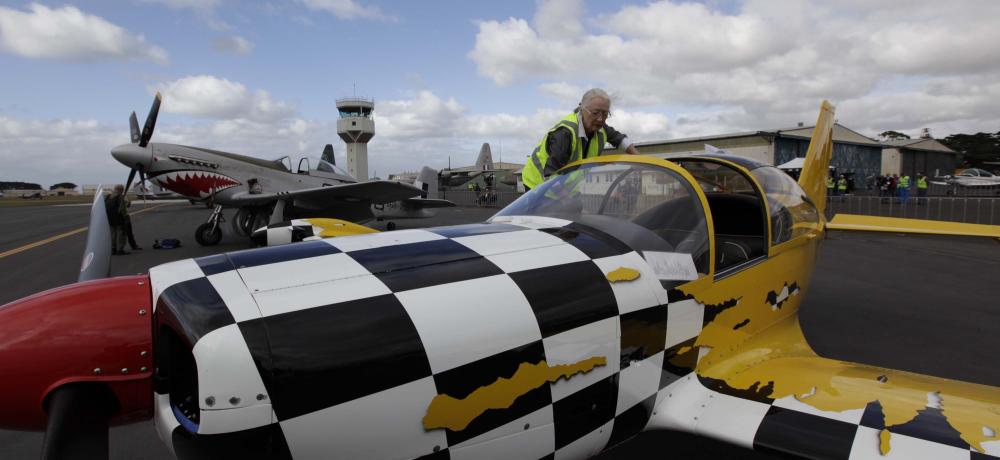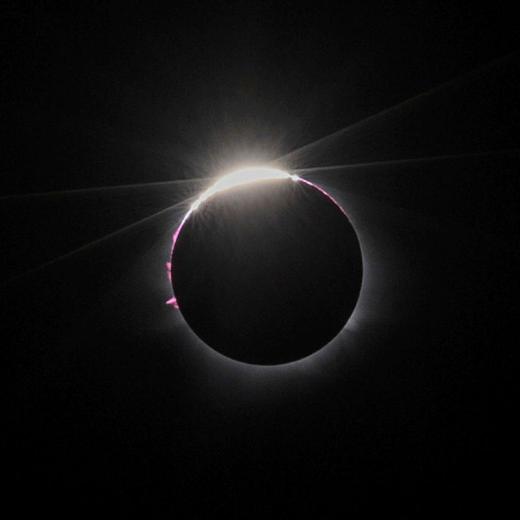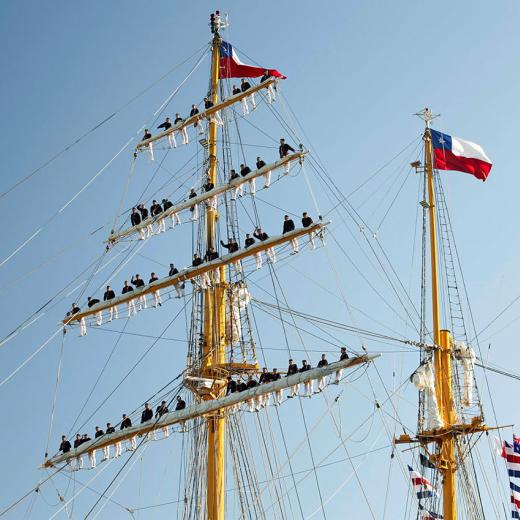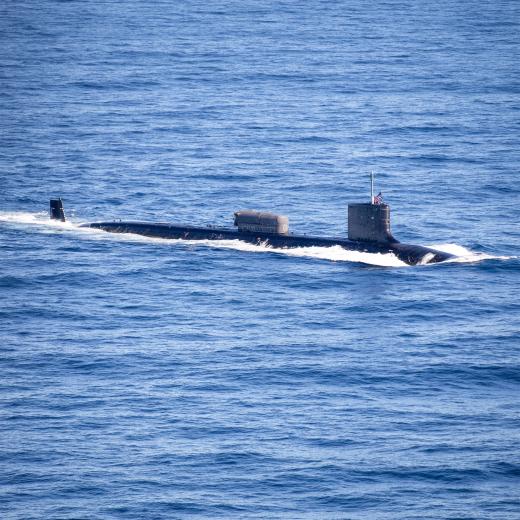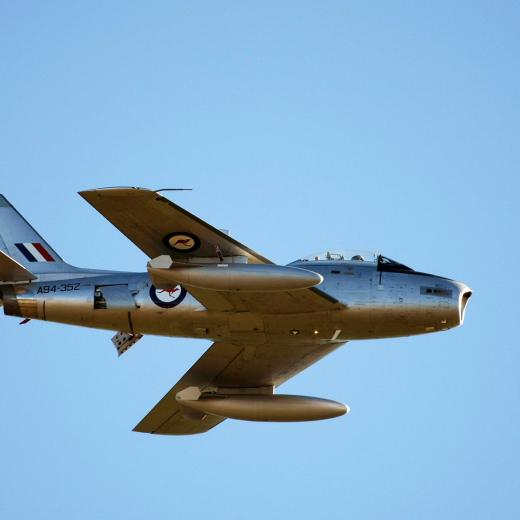BLUF
This article examines the performance of aircrew deployed during the Spanish Civil War.Summary
This article by Carl Posey from Smithsonian Magazine makes the following points:
- In July 1936, much of the Spanish army, led by a junta of generals, rebelled against a newly elected popular front government, a volatile coalition of liberals, communists, workers, anarchists, and separatists.
- The army-backed Nationalist side comprised fascists, the Falange party, monarchists, the aristocracy, and the Catholic Church.
- The League of Nations decided against intervention.
- Both sides had little air power.
- Although officially neutral, Hitler and Mussolini supplied the fascist-leaning rebels-
- Italy supplied crews, Savoia Marchetti SM.81 transport/ bomber trimotors, Meridionali Ro.37 ground-attack biplanes, and the successful Fiat CR. 32irri.
- German crews flew Junkers Ju 52/3m aircraft and Heinkel He 51 fighter-bombers.
- The Soviets supplied the Government and were paid with Spanish gold.
- The Soviet Union supplied B-2 Katyushka fast bombers, Polikarpov R-5s reconnaissance and light bombing aircraft, and an early Soviet monoplane, the Polikarpov I-16.
- A French Republican supporter brought his own aircraft.
- American Republican volunteers were paid for their service.
- In the Battle of Guadalajara, air power stopped a major ground offensive for the first time in history.
- The Soviets trained republican Spanish pilots in Azerbaijan.
- The infamous German Junkers Ju 87 Stuka dive-bomber was used in combat for the first time.
- Republican pilots had to check their parachutes for sabotage before each mission, and some later fought in WW2 for the Soviets.
- General Franco and the Nationalists had won by April 1939, (WW2 began in September 1939)
- After Franco died, all Republican veterans received pensions and recognition.
References
Recent Runway Posts related to this topic:
- Air Power Played a Major Part in Winning the War in the West |The Runway (airforce.gov.au)
- The most iconic heavy bomber of World War II | The Runway (airforce.gov.au)
- World War II's Allied Raid of Berlin Involved 1,000 Bombers (But Germany Fought On) | The Runway (airforce.gov.au)
- They Flew for Franco: German Condor Legion’s Tactical Air Power (11 Mar) | The Runway (govcms.gov.au)
References from the Web:
- Italy and the Spanish Civil War | Spartacus Educational
- Aerial Warfare and the Spanish Civil War | US centennial of Flight Commission
- JUL 2017 George Orwell’s Spanish civil war memoir is a classic, but is it bad history? | The Guardian
- JUL 2018 5 facts about the Soviet involvement in the Spanish Civil War that you (probably) didn’t know | Russia Beyond
Source: Smithsonian Magazine
- Link to Source: Smithsonian Magazine
- Media Check: Smithsonian Magazine - Media Bias/Fact Check (mediabiasfactcheck.com)
- LEARNING OUTCOMES—RUNWAY | The Runway (airforce.gov.au)

